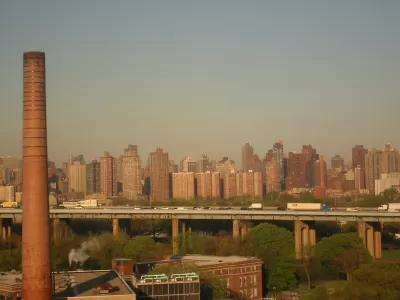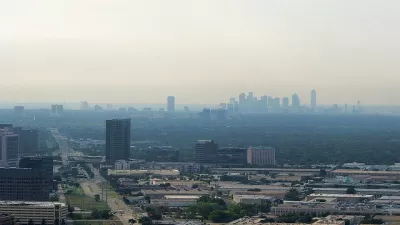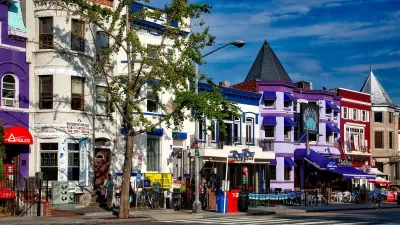Long used to promote inequality, zoning and land use are now helping to keep vulnerable communities safer and cleaner.

Nicole Javorsky writes about a new report from the Tisch Environment and Design Center at The New School that looks at how local zoning and land use policies are promoting environmental justice. Historically, municipalities used these planning tools to perpetuate segregation and force low-income communities and communities of color to bear the burdens of polluting facilities and industries.
But, in cities across the country, zoning and land use regulations are now keeping hazards out of neighborhoods, providing the impetus for environmental justice programs, encouraging an environmental justice lens as part of the environmental review process, and bringing environmental justice considerations into comprehensive planning.
While many examples affect future projects, existing land uses are also the target of this strategy, says Javorsky:
For example, National City [in California] grappled for a long time with “an excess of polluting industries due to mixed-use industrial and residential zoning,” according to the report. Now, National City has an amortization ordinance, which phases out industries near sensitive areas and includes a process for relocating businesses.
The report also points out that local governments are most often responsible for the decisions about where to site hazardous facilities and inaction at the state and federal levels has helped drive local environmental justice efforts.
FULL STORY: Which Cities Have Concrete Strategies For Environmental Justice?

Planetizen Federal Action Tracker
A weekly monitor of how Trump’s orders and actions are impacting planners and planning in America.

Chicago’s Ghost Rails
Just beneath the surface of the modern city lie the remnants of its expansive early 20th-century streetcar system.

San Antonio and Austin are Fusing Into one Massive Megaregion
The region spanning the two central Texas cities is growing fast, posing challenges for local infrastructure and water supplies.

Since Zion's Shuttles Went Electric “The Smog is Gone”
Visitors to Zion National Park can enjoy the canyon via the nation’s first fully electric park shuttle system.

Trump Distributing DOT Safety Funds at 1/10 Rate of Biden
Funds for Safe Streets and other transportation safety and equity programs are being held up by administrative reviews and conflicts with the Trump administration’s priorities.

German Cities Subsidize Taxis for Women Amid Wave of Violence
Free or low-cost taxi rides can help women navigate cities more safely, but critics say the programs don't address the root causes of violence against women.
Urban Design for Planners 1: Software Tools
This six-course series explores essential urban design concepts using open source software and equips planners with the tools they need to participate fully in the urban design process.
Planning for Universal Design
Learn the tools for implementing Universal Design in planning regulations.
planning NEXT
Appalachian Highlands Housing Partners
Mpact (founded as Rail~Volution)
City of Camden Redevelopment Agency
City of Astoria
City of Portland
City of Laramie





























